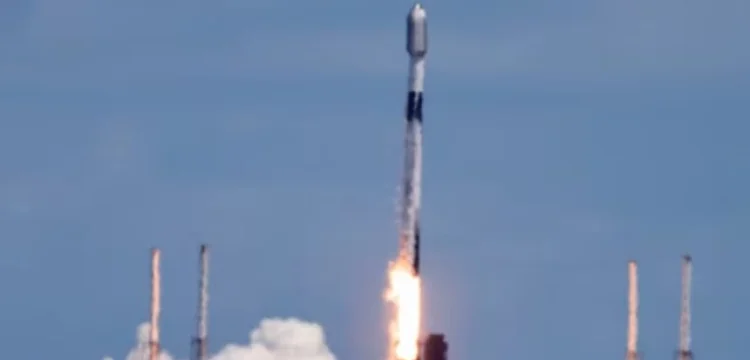SpaceX successfully launched 20 Starlink internet satellites into orbit early Wednesday, including 13 with direct-to-cell capabilities. The launch took place aboard a Falcon 9 rocket from Canaveral Space Force Station in Florida at 4:55 a.m. Eastern Time (0855 GMT), following a two-hour delay due to technical issues.
Also Read: Elon Musk’s intriguing love life from multiple marriages to a dozen children
After liftoff, the Falcon 9 first-stage booster returned and successfully landed on a droneship stationed in the Atlantic Ocean. This marked the 16th launch and landing for this specific booster, highlighting SpaceX’s progress in reusable rocket technology.
The mission aims to expand SpaceX’s Starlink satellite constellation, which provides global broadband coverage. The inclusion of satellites with direct-to-cell capabilities indicates SpaceX’s ongoing efforts to enhance connectivity services worldwide.











